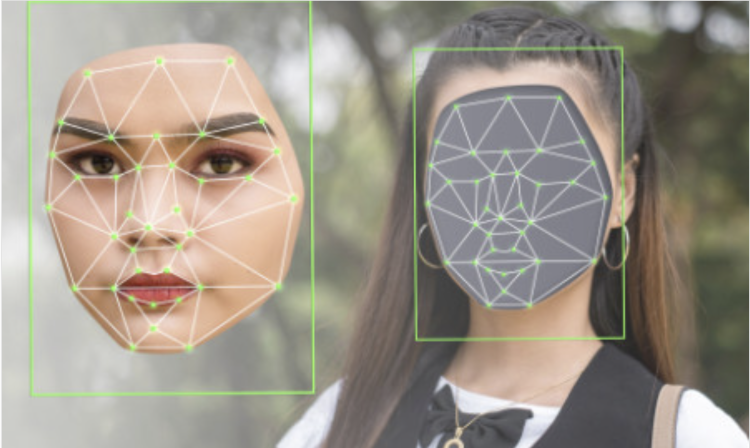
Although deepfakes have a negative connotation in human-computer interaction (HCI) due to their risks, they also involve many opportunities, such as communicating user needs in the form of a “living, talking” deepfake persona.
To scope and better understand these opportunities, we present a qualitative analysis of 46 participants’ think-aloud transcripts based on interacting with deepfake personas and human personas, representing a potentially beneficial application of deepfakes for HCI.
Our qualitative analysis of 92 think-aloud records indicates five central user deepfake themes, including (1) Realism, (2) User Needs, (3) Distracting Properties, (4) Added Value, and (5) Rapport.
The results indicate various challenges in deepfake user perception that technology developers need to address before the potential of deepfake applications can be realized for HCI.
Read the full article:
Kaate, I., Salminen, J., Jung, S.G., Almerekhi, H., and Jansen, B. J. (2023). How Do Users Perceive Deepfake Personas? Investigating the Deepfake User Perception and Its Implications for Human-Computer Interaction. In Proceedings of the 15th Biannual Conference of the Italian SIGCHI Chapter (CHItaly ’23), Article 4, 1–12. https://doi.org/10.1145/3605390.3605397
